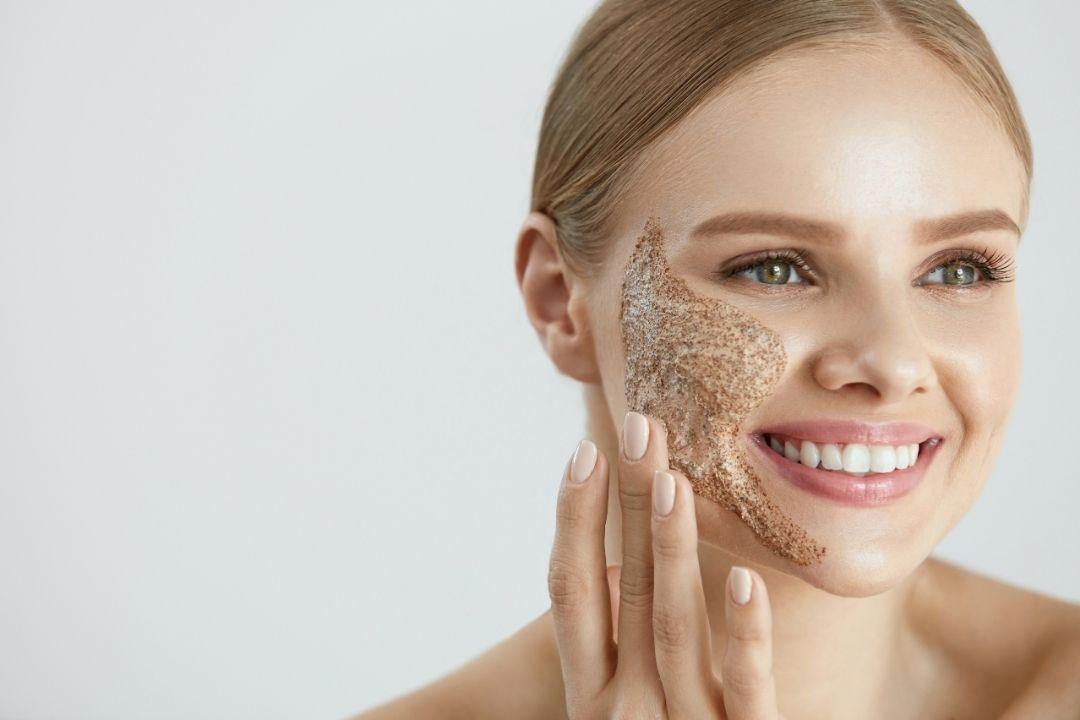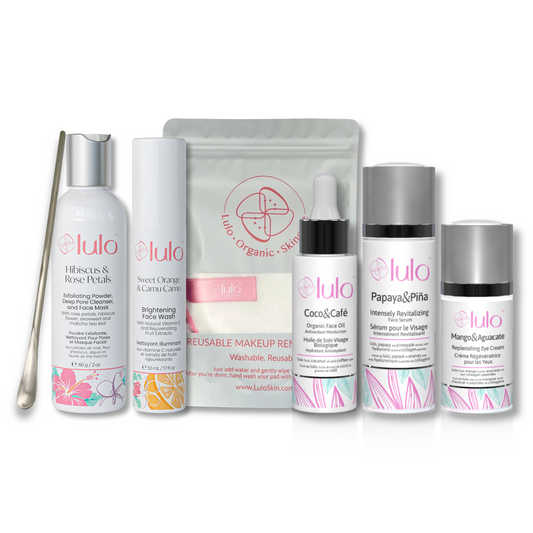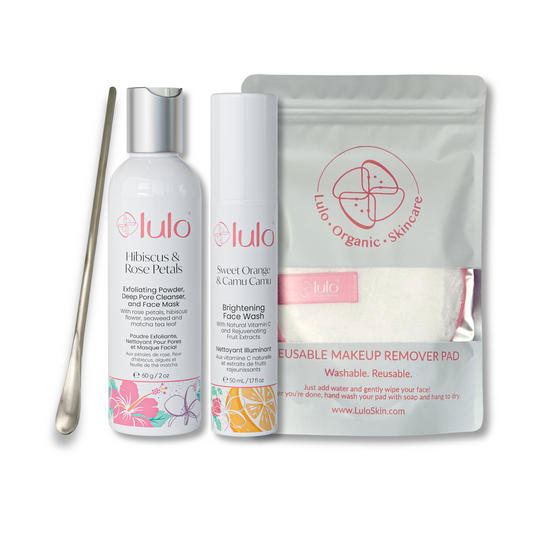
How To Exfoliate At Home
Exfoliation is the process of removing dead skin cells from the top layer of the skin.
This process occurs naturally as dead skin cells slowly fall off. When you're younger, your skin will naturally renew itself about every 25 days, but when you reach the age of 30, the process begins to slow down, resulting in more pigmentation and a duller complexion.
When you exfoliate, you accelerate this process, constantly removing the dead skin and preventing it from sitting on top of the fresh coat underneath.
It is indispensable to exfoliate at least once or twice a week, this will make it easier for beauty products to be absorbed, helps minimize the size of the pores, and lowers the appearance of fine lines.
There are two main different types of at-home exfoliations: physical and chemical. Which one you use depends on your skin needs, what it can tolerate and your personal preference.
Let’s talk about each one of them.
Mechanical or Physical Exfoliation:
Facial Brushes, Scrubs, and Face Polishes
- If you like facial brushes, make sure you find a good quality brush with soft silicone bristles, which are non-porous, as opposed to nylon bristles. If you have sensitive skin or rosacea, you might prefer to stay away from facial brushes as they can lead to irritation. Also, it is essential to deep clean your brush every week and to change it every three months to avoid bacteria buildup.
- Scrubs: most scrubs in the market use microbeads, sugar or crystals to exfoliate your skin. We don’t recommend any of these options as they can cause micro tears in the skin that lead to irritation and redness. The particle shape and size is very important, it should be finely milled and rounded (or at least it shouldn’t feel irregularly shaped).
-
Face Polishes are the best option for sensitive skin as they avoid the use of rough particles. Lulo’s Face Exfoliator - Hibiscus & Rose Petals uses natural, gentle particles like hibiscus flour, rice powder, rose petals and tea leaf powder that roll across your face to gently strip away the dull, dead skin from your face, and remove excess oil, dirt and impurities from your pores. This product is gentle enough for daily use and will nourish and invigorate your skin for a healthy, brighter complexion.
Chemical exfoliation:
Acids - AHA, Glycolic, Lactic Acid, Mandelic Acid
There are many types of acids, we can split them in 3 categories: AHAs, BHAs and Retinol.- AHAs or Alfa Hydroxy Acid like glycolic acid, lactic acid, citric acid, malic acid, mandelic acid. AHAs are water-soluble acids made from sugary fruits. They help peel away the surface of your skin so that new, more evenly pigmented skin cells may generate and take their place. After use, you’ll likely notice that your skin is smoother to the touch.
-
BHAs or Alfa Hydroxy Acid (salicylic acid) are oil-soluble and can get deeper into the pores to remove dead skin cells and excess sebum. They have to be used less frequently and to target specific concerns.
-
Retinol: It’s a popular misconception that retinol is an exfoliant. It isn’t. Retinol is an antioxidant, and a skin-restoring ingredient. It enhances multiple aspects of the skin on many levels, making it look healthier, smoother, and more vibrant.
All acids are good if they are used properly and for specific purposes. By simply exfoliating with a face polish and using AHAs on a regular basis, you can slow down the signs of aging and give your skin a boost where it needs a little extra help!
What are you waiting for? Exfoliate your way to a brighter complexion today!




